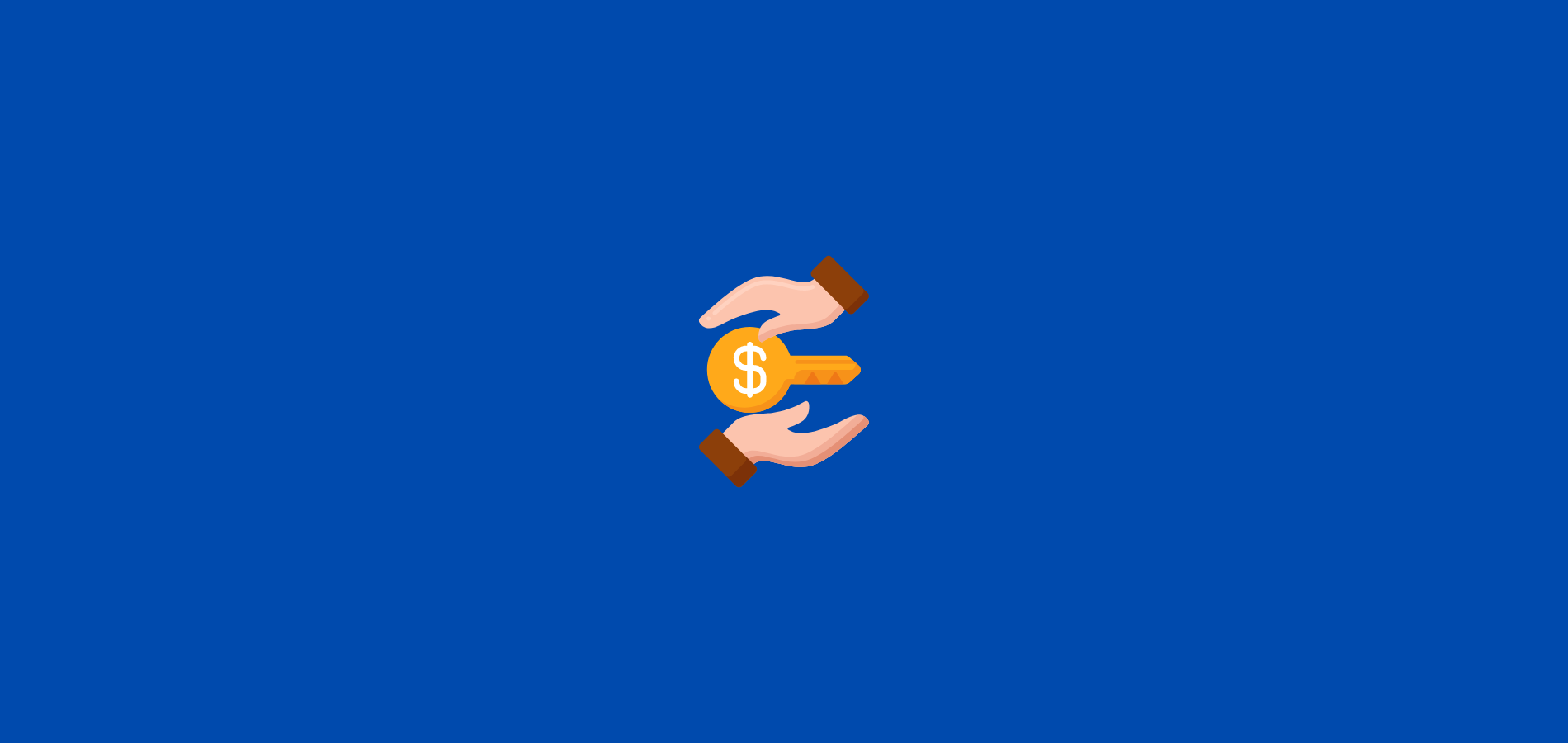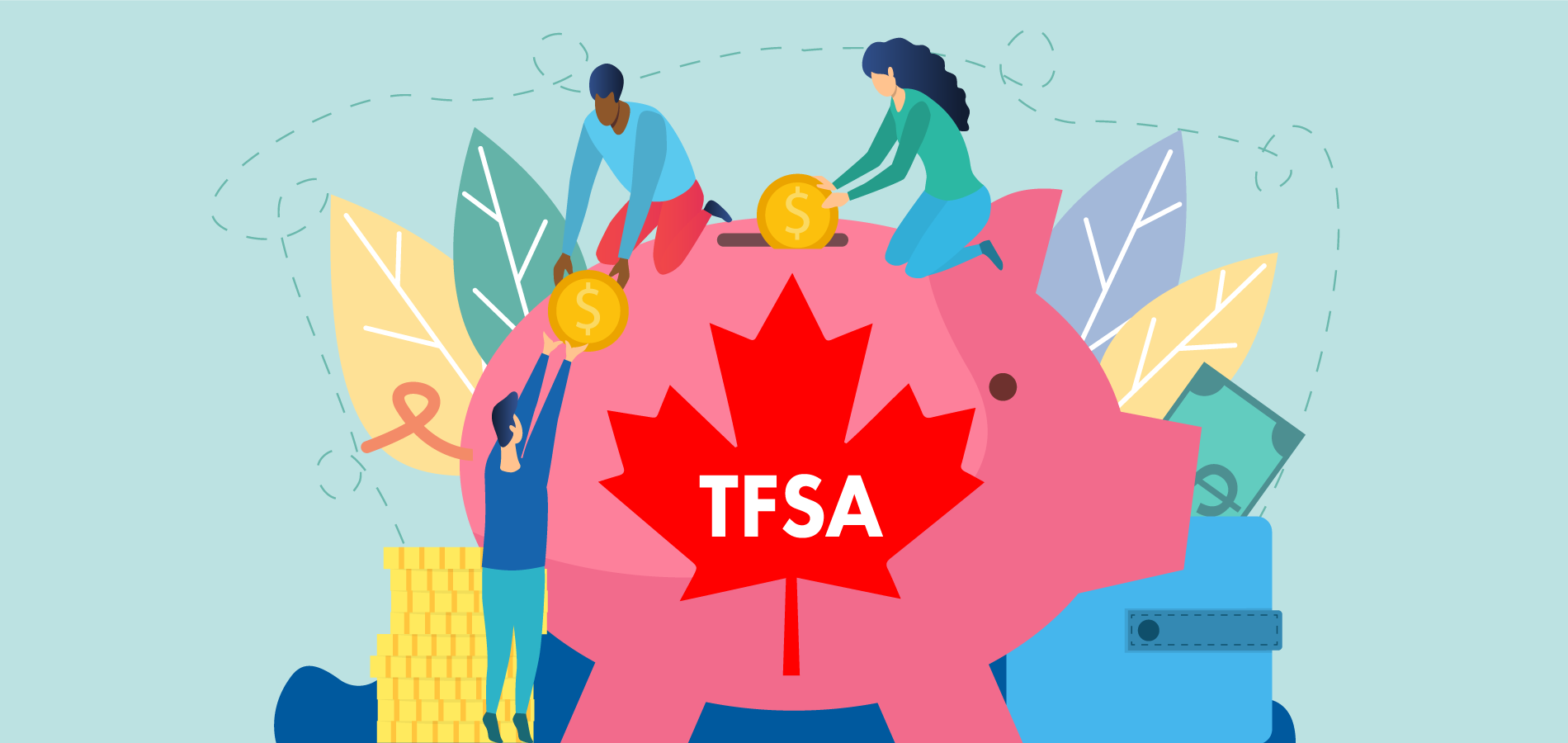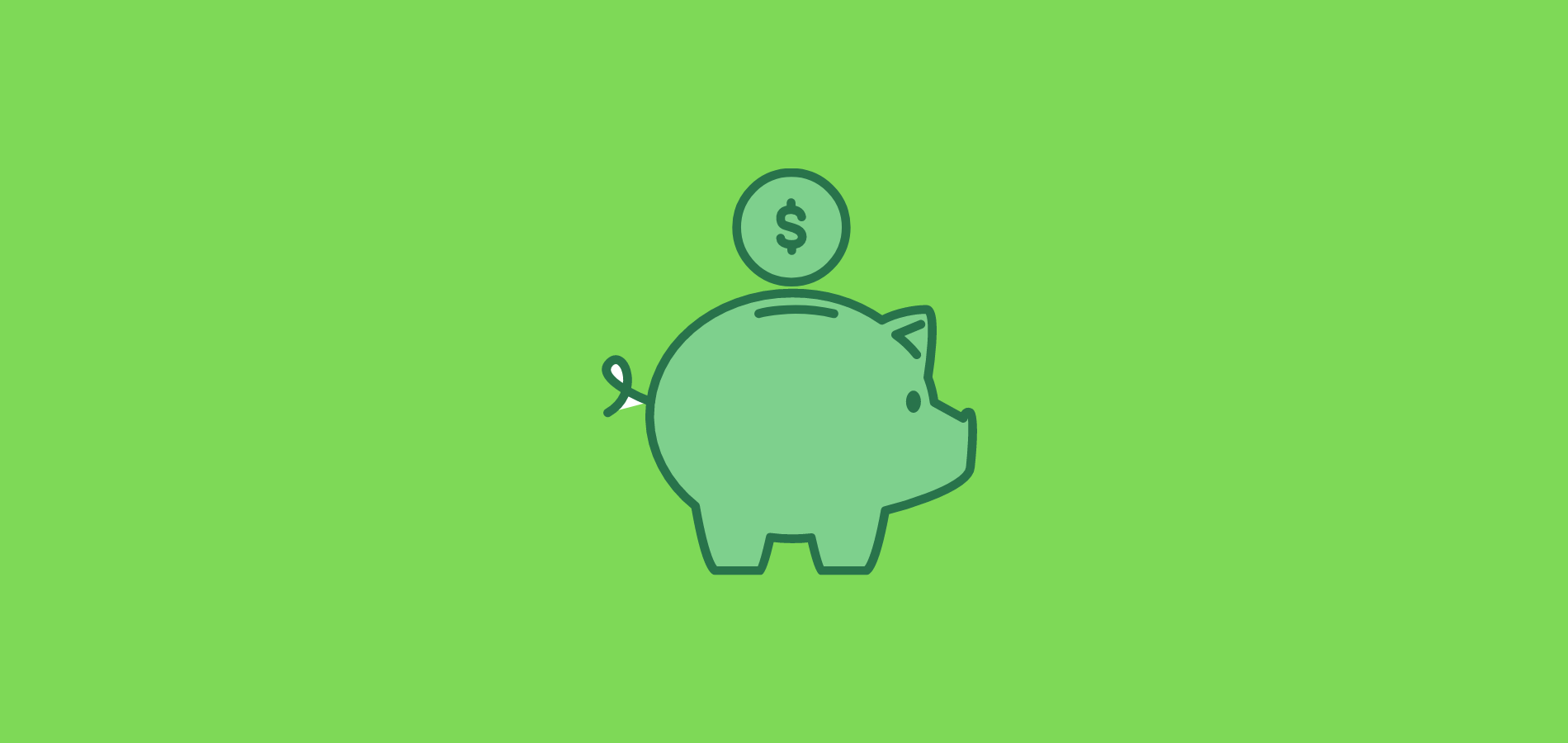Capital equipment leasing may sound like solely an opportunity for big mining and manufacturing firms, but small businesses like farms, dental offices and restaurants can take advantage too.
It can be a great way to preserve cash flow and generate tax benefits.
How does a capital equipment lease work?
Let’s say your company is a food processor, turning tomatoes into pasta sauce. Your production line is getting old and is prone to breakdowns, resulting in both costly repairs and lost productivity while workers are idle. You decide new equipment is needed.
Basically, there are two options:
- Purchase the equipment: With this model, you simply contact the supplier and make the purchase. You either pay cash from your bank account or you arrange for a loan/line of credit and make regular payments.
- Leasing: You connect an equipment leasing company. They purchase the equipment and lease it to you for a predetermined number of years. You make monthly lease payments until the end of the contract.
What are the advantages of leasing vs. buying capital equipment?
Buying capital equipment has its advantages. You own the goods outright and you can do what you want with it. Keep it, sell it or trade it in for a newer model, it’s your choice.
However, there are two primary reasons to lease:
- Tax benefits: Normally, the interest and principal paid to the leasing company can be claimed as expenses. This reduces your business income and therefore cuts your corporate taxes owing.
- Saving cash: When you purchase a capital item, you will have to write a cheque for thousands of dollars. If it’s a key piece of equipment in a large facility it might cost millions. That outlay can leave you short for paying regular monthly expenses such as employee salaries, office rent and raw materials. When you lease, you must make a regular monthly payment but your bank balance is otherwise untouched; you can use it to cover your ongoing expenses.
Experts say that buying vs. leasing capital equipment depends on the expected lifespan of the equipment. If it only lasts a couple of years, or needs constant upgrading due to advancing technology, leasing may make sense. On the other hand, if you expect to use it for more than a decade it may be more economical to buy.
I am ready to lease equipment. What do I do next?
Before you move forward, check with your CFO or accountant to make sure that capital equipment finance is the best option for the organization. You will want to consider tax implications, overall cost of the lease and any impact on your cash flow.
Secondly, you will want to get quotes from several leasing companies. Think of it like shopping for a new car. You may want to check out Toyota, Hyundai and Ford to make sure that you get the features you want at a good price. Capital equipment leasing is no different. One company may offer slightly different models. Or one may provide a better interest rate. Make comparisons and select the best deal for you.
What kind of companies lease equipment?
Just about every kind. In the United States, 78 percent of firms lease some equipment or need a loan/line of credit to purchase. The Canadian figure is likely similar. It can include heavy trucks used in construction, restaurant equipment and point of sale devices for retailers.
Almost any business, large or small, can take advantage of capital equipment leasing. If you have an office with just a handful of people, you may wish to rent computers and other needed electronic devices.
What happens at the end of a capital equipment lease?
There are a few different options. With the fast pace of technological change, leasing can let you turn in outdated equipment after a couple of years. Here are the key end-of-lease choices:
- Buy the equipment: Normally, the contract provides you with the option to purchase upon expiration. This may be a good choice if the equipment still meets your standards and hasn’t been replaced by a newer model with more bells and whistles.
- Upgrade: You can renew the lease, return the old equipment and get an upgraded model. This ensures that you have the latest technology to meet the needs of your employees and customers.
- Return it and end the lease: Yes, you’re done. It’s an easy choice.
Can I arrange for a lease on equipment I already own?
Yes! This is known as a sales leaseback. You sell your equipment to the leasing company; they lease it back to you for a monthly charge. The advantage: When you sell, you can generate a significant amount of cash to pay your regular monthly expenses.
Again, check with your accounting team to see if this is the best option for you.
Who owns the equipment in a capital lease?
Under federal and provincial law, a capital lease agreement implies that you are the owner and control it. The interest and principal payments that you make to the leasing company are deductible from your business income, allowing you to reduce your taxable income.
Of course, that doesn’t mean you can simply sell the equipment and pocket the cash. The leasing agreement prohibits this and you would quickly find yourself in hot water.
Capital equipment leasing may be good for your business
Most companies lease some – or even all – of their equipment. It’s a great way to maintain your cash for regular monthly expenses like payroll and rent. In considering leasing, be sure to check out the offerings of several leasing companies. Compare and negotiate the best price!





